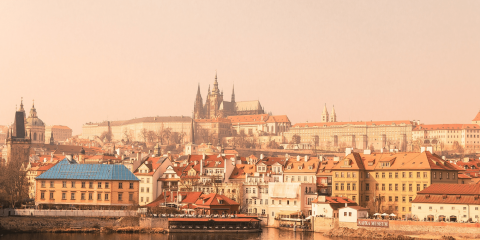Vines 101:
Austrian Wine from the Wachau Region
A narrow band of land skirting 33 kilometres of the left bank of the Danube, the Wachau wine region not only boasts more than 1,000 growers of Austrian wine—its landscapes hold such beauty, they rank among UNESCO World Heritage sites.
Perhaps Austria’s most famous wine territory, it’s hardly alone. Austria is home to a total of 16 territories in four different regions of the country. The Wachau falls within Niederösterreich, Austria’s largest wine region and home to other territories, including Kremstal and Kamptal. Burgenland, due south of Vienna and bordering Hungary, is the country’s second largest region, followed by Styria and Wien.
Though its roster of grapes includes müller-Thurgau, chardonnay and St. Laurent, the three below particularly stand out in the Wachau.
Grapes of the Wachau Region

Grüner Veltliner:
Crown Prince of Austrian Wine
Peppery-fresh, fruit and spice character, mostly dry
The grüner veltliner is the most widely cultivated variety in Austria, making up more than a third of the country’s wine-growing areas. A typical Austrian specialty, it is found mostly in the Weinviertal, Kamptal, Kremstal and the Wachau, all wine-growing areas in the province of Niederösterreich, or Lower Austria. The quality of the grüner veltliner encompasses a wide spectrum: from a light and spritzy wine that should be drunk as a young Heuriger (from the last vintage), to a full-bodied Spätlese.
See for Yourself
Two must-see European capitals on one magnificent trip—why not? On our Prague to Vienna Biking trip, start in boho-chic Prague and end in elegant Vienna. In between, take in miles of riverside rides past row up on row of vineyards. Glass of Grüner, anyone?
DETAILED ITINERARYRiesling
Elegant aroma, racy with fine nuances
The noble riesling is grown in many of Austria’s top vineyards, mainly in the Wachau, but also in the Kamptal. Some of the world’s best riesling wines are from these areas. The riesling exudes a rather charming bouquet that hints of peaches, apricots and citrus fruit. Its acidity contributes to a racy wine with generous length. Because it develops well, the riesling is ideal for aging; the rare Spätlese and Auslese, and the “smaragd” wines of the Wachau, are prime examples.
(Blauer) Zweigelt
Cherry notes, smooth and velvety
 This grape takes its name from Professor Zweigelt, who successfully crossed the blaufränkisch with the St. Laurent. His result, the Zweigelt, produces a wine with a bouquet that is distinctively fruity when young, and more delicate and harmonious when mature. Its spectrum is vast; from a light table wine enjoyed young, to a full-bodied wine lovingly aged. Because the sturdy Zweigelt vine produces excellent results throughout Austria’s red wine areas, the variety is seen as the hope of the country’s red wine production.
This grape takes its name from Professor Zweigelt, who successfully crossed the blaufränkisch with the St. Laurent. His result, the Zweigelt, produces a wine with a bouquet that is distinctively fruity when young, and more delicate and harmonious when mature. Its spectrum is vast; from a light table wine enjoyed young, to a full-bodied wine lovingly aged. Because the sturdy Zweigelt vine produces excellent results throughout Austria’s red wine areas, the variety is seen as the hope of the country’s red wine production.
MORE FROM Europe + Austria
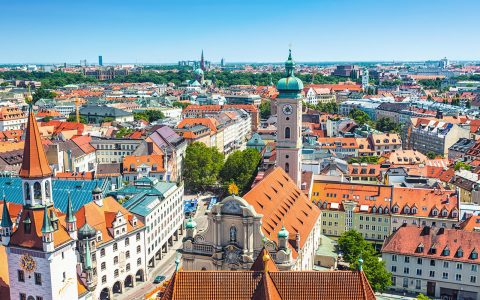
9 Must-Sees Along the Danube River
Austria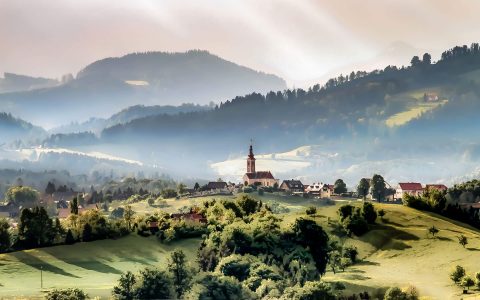
Reading for the Road: A Few of Our Favourite Books About Austria
Austria
An Insider’s Guide to Vienna
Austria
Top 5 Driving Routes in Germany, Austria & Switzerland
Austria
An Insider’s Guide to Salzburg
Austria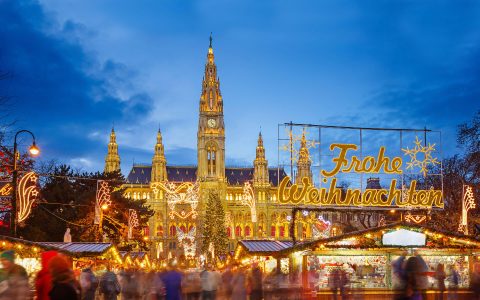
Vienna’s Christmas Markets
Austria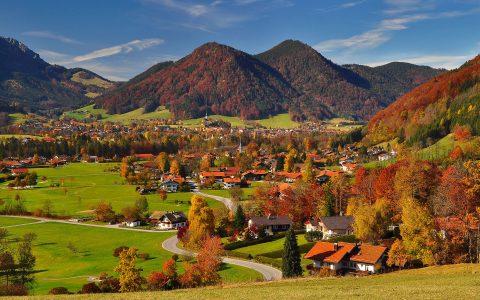
Notes From the Road: The Unabashed Charm of Bavaria
Austria
8 Reasons Why You MUST Visit Lake Neusiedl
Austria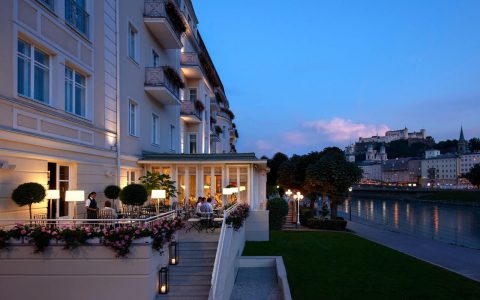
Butterfield & Robinson’s new cycling tour
Austria
Butterfield & Robinson Danube Biking Cruise
Austria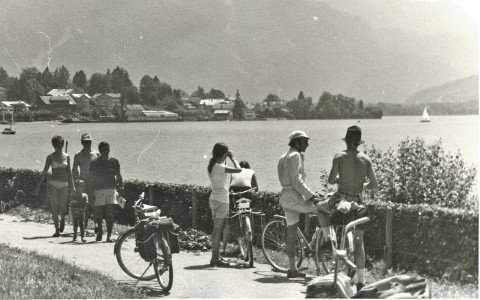
Butterfield & Robinson Recreates First Ever Cycling Trip To Celebrate 50th Anniversary
Austria
Butterfield & Robinson Introduces Biking River Cruise
Austria
River Cruises Get Active
Austria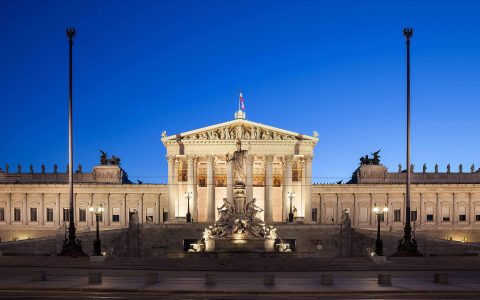
4 Must-See Things to Do in Vienna That Reveal its Old World Charm
Austria
Notes from the Road: From Prague to Vienna, A Journey Through Time
Austria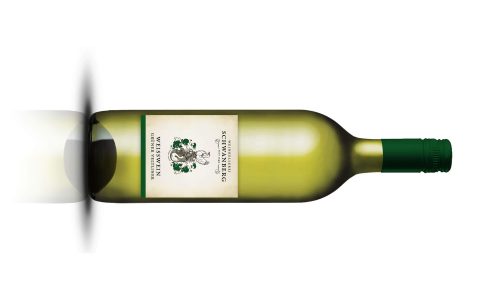
Gruner Veltliner: Crown Prince of Austrian Wine
Austria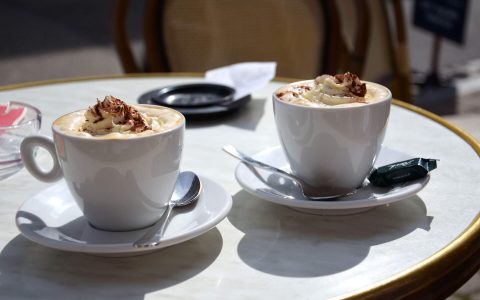
How to Order a Vienna Coffee
Austria
In Deep: Vienna
Austria